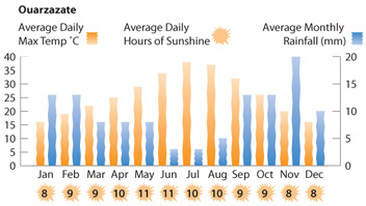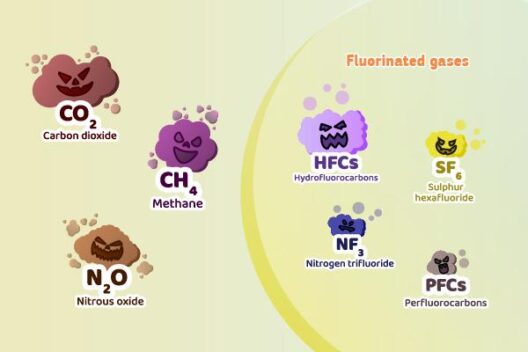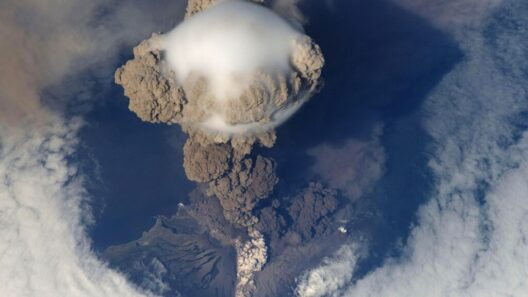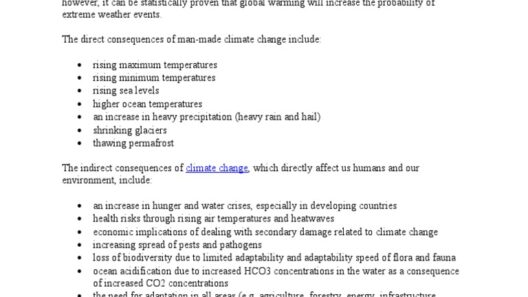As dawn breaks over the vast and seemingly endless expanse of the Sahara Desert, the sun rises like a fiery phoenix, igniting the horizon with hues of gold and crimson. The Sahara, often perceived as a barren wasteland, is paradoxically a dynamic realm of climatic extremes. Known colloquially as “the great desert,” it encompasses over 9 million square kilometers. Within this extensive landscape, an intricate tapestry of climate phenomena unfolds, showcasing the desert’s duality: sun-scorched days that can incinerate the flesh and frigid nights that rival the chill of winter.
During the day, the Sahara transforms into a molten furnace. Temperatures can soar beyond 50 degrees Celsius (122 degrees Fahrenheit), rendering the ground akin to an oven. This blistering heat is exacerbated by the relentless sun, which bears down upon the arid terrain without mercy. The air becomes a pulsing sea of shimmering waves, distorting the landscape and creating mirages that tempt the weary traveler into illusions of water. Such relentless heat is not merely discomfort; it has driven entire ecosystems and species to adapt, evolving in astounding ways to endure the unrelenting thirst of the desert.
The solar radiation absorbed by the dark, sandy soil compels the land to exude warmth long after the sun dips below the horizon. Yet, as night blankets the Sahara, the very conditions that provoke the searing heat transform the landscape into a chilling spectacle. The temperature can plummet dramatically, often sinking to near-freezing levels, particularly during the winter months. This drastic shift, where oppressively high temperatures give way to a biting cold, underscores the desert’s erratic temperament.
In this realm, the concept of ‘thermal inertia’ plays a significant role. The lack of vegetation means there is little moisture to retain the heat, allowing the coolness to seep into the land swiftly. The sand, dry and humorless, whispers secrets of its oscillating nature, embodying the phrase “desert cold”—a term that captures the unexpectedness of such conditions. The nighttime landscape dazzles under a sky adorned with brilliant constellations, a reminder of the vastness beyond human experience. The stars become ageless witnesses to the delicate balance of the Sahara, where life persists against the odds.
The uniqueness of the Sahara’s climate is further illustrated by its sporadic precipitation. Rainfall in the Sahara is exceptionally scarce, often amounting to less than 40 millimeters per year. When it does rain, it rarely leads to continuous wet spells; rather, it is akin to celestial lottery, an event celebrated by both flora and fauna. Plants such as the formidable acacia tree have adapted to these harsh conditions by developing deep root systems to tap into subterranean water sources. Similarly, various animal species, including the sand fox and the desert tortoise, possess remarkable survival traits that allow them to thrive amidst the contradictions of the climate.
The desert’s unique ecosystems serve as a metamorphic canvas, painted in shades of ochre, gold, and indigo, representing life’s resilience. While one might initially view the Sahara as lifeless, it is a paradox of existence, housing a plethora of creatures finely attuned to its paradoxical climate. Among the dry dunes, one can find lizards that boast palatial adaptations—scales that reflect sunlight to mitigate heat and behaviors that minimize exposure during the hottest periods. The art of survival here is painted vividly against the backdrop of relentless climatic challenges.
This climate also sculpts the culture of the people who inhabit the borders of the Sahara. Indigenously, the Tuareg and Berber tribes have developed rich traditions, reflecting a profound respect for the land’s dual nature. They navigate their lives based on the rhythms of the sun and stars, melding practical survival with spirituality. Their nomadic lifestyle embodies a symbiotic relationship with the harsh environment: one that acknowledges the value of both sun-soaked resilience and the chill that brings respite in the night.
Ultimately, the Sahara Desert is an emblem of extremes—where precious life thrives in the unlikeliest of circumstances. It is a region of remarkable contrasts, with a climate that challenges the very definition of endurance. The sun-scorched days serve as a crucible, testing life’s fortitude, while the freezing nights reveal the haunting beauty of survival against austere odds. This duality brings forth a unique appeal, inviting adventurers and scholars alike to marvel at its spontaneous beauty, vastness, and the stories it holds.
In conclusion, the climate of the Sahara Desert is a captivating narrative woven within the threads of nature’s extremes. It tells of adaptation, survival, and the enduring spirit of life. The sun and the stars collaborate in a rhythmic dance, reminding us of the fragile balance of ecosystems. As humanity faces climate change and its challenges, the Sahara stands as a poignant reminder of the resilience required to thrive within a world of unpredictability. Where the sun scorches and the nights freeze, life’s tenacity is etched into the parched earth, calling forward a future where coexistence with such formidable climates becomes an art of its own.







